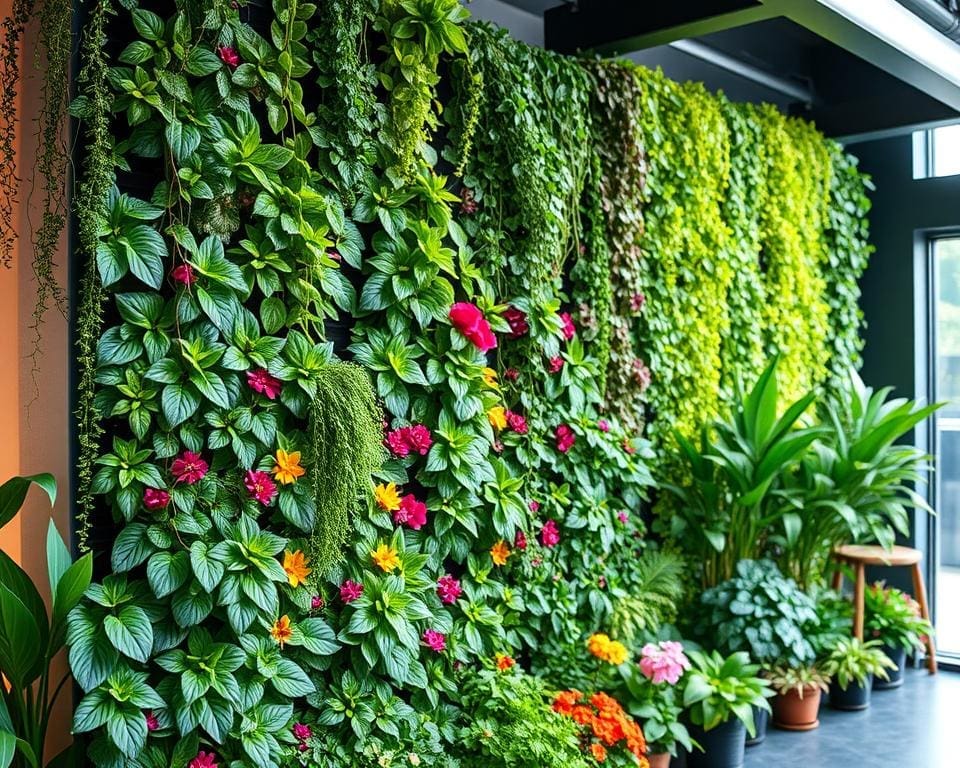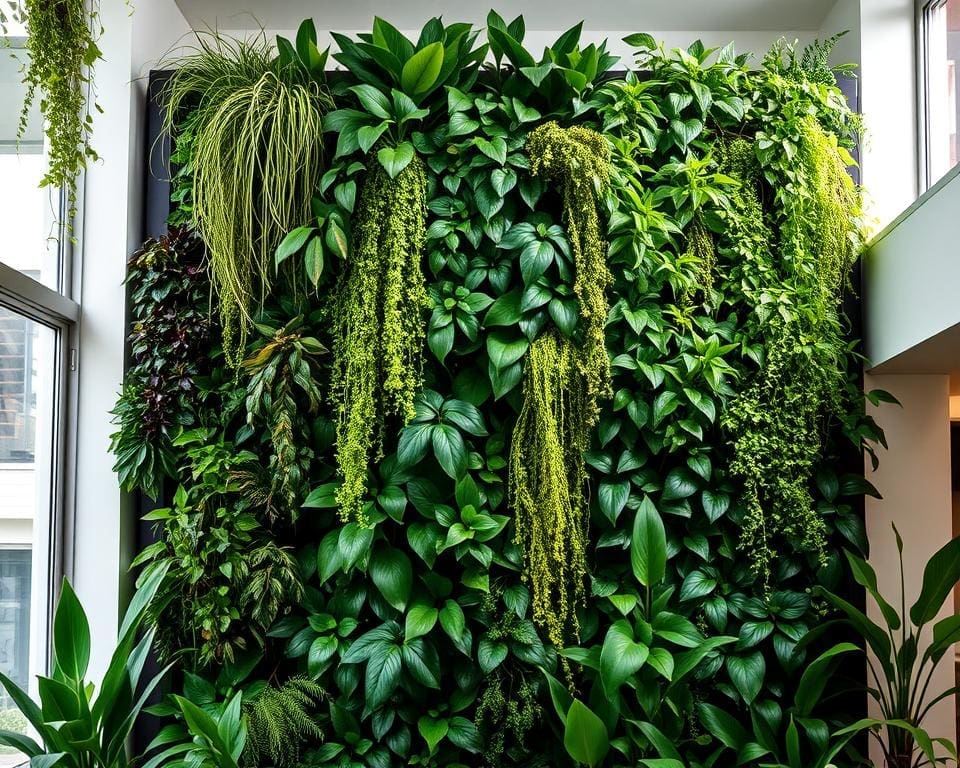In today’s increasingly urbanised world, integrating nature into our living spaces has never been more essential. Vertical gardens, also known as living walls, represent a revolutionary way to transform indoor environments into lush, vibrant escapes. By creatively arranging indoor plants in a vertical format, these gardens not only enhance aesthetic appeal but also maximise space in compact areas. As we explore vertical gardening ideas, you’ll discover how these green installations can improve air quality, elevate your mood, and create a calming atmosphere within your home.
What Are Vertical Gardens?
Vertical gardening is an innovative approach that allows individuals to cultivate a range of plant life on walls or specially designed frames. This technique can be utilised in both indoor and outdoor environments, transforming blank walls into thriving green spaces. Indoor vertical gardens are particularly popular in urban settings where outdoor space is limited. By adopting vertical gardening, one can enjoy the joys of gardening while significantly reducing the horizontal space required.
Plant walls exemplify the versatility of this trend, allowing for the integration of various plants. From vibrant succulents to aromatic herbs, the possibilities are endless. These installations not only beautify a space but also improve the overall atmosphere by introducing greenery. With the right selection of plants, indoor vertical gardens can flourish in limited sunlight, creating a lush environment even in dimly lit rooms.

Gardening experts and environmental organisations emphasise the benefits of these vertical setups, citing improved air quality and enhanced aesthetics. The layers of plants act as natural air filters, promoting a healthier living space. Vertical gardening offers an engaging solution for reimagining urban living, bridging the gap between nature and modern architecture.
The Benefits of Vertical Gardening
Vertical gardening offers a multitude of advantages, transforming spaces while enhancing indoor environments. Understanding the vertical garden benefits can inspire many to incorporate greenery into their homes. Two significant aspects are improved air quality and remarkable space efficiency paired with stunning aesthetics.
Improved Air Quality
Indoor plants play a crucial role in enhancing air quality. Scientific studies highlight that various plants are capable of absorbing harmful toxins and releasing oxygen, which contributes to a healthier indoor atmosphere. By integrating a vertical garden into your space, you can effectively reduce pollutants, ensuring that your living areas remain fresh and inviting. The presence of greenery not only elevates well-being but also promotes a serene environment, fostering tranquility at home.
Space Efficiency and Aesthetics
Vertical gardens are a brilliant solution for maximising space efficiency, particularly in urban settings where square footage is limited. These innovative green walls allow individuals to creatively utilise vertical surfaces, turning them into lush displays of nature. With various options available, a vertical garden can seamlessly blend into any décor, becoming a striking focal point in your room. The aesthetic appeal of such installations is undeniable; they instil a sense of warmth and vitality while potentially increasing property values. Homeowners increasingly recognise that investing in indoor plants and vertical gardens significantly enhances their living spaces.
Vertical Gardens: Add Greenery to Any Room
Incorporating vertical gardens into your living space can transform the atmosphere and aesthetics of any room. By exploring various vertical gardening ideas, homeowners can effectively enhance their interior design while enjoying the benefits of greenery indoors. Living walls can be positioned in kitchens, living rooms, or even bathrooms, offering a burst of colour and tranquillity.
Imagine a kitchen adorned with herbs and foliage, bringing both practicality and charm. Living walls in living rooms can serve as a stunning focal point, drawing attention with vibrant hues and diverse textures. In bathrooms, vertical gardens add a refreshing touch, creating a spa-like environment that promotes relaxation.
These indoor gardens not only enhance aesthetic appeal but also contribute to a unique microclimate, allowing different plant species to thrive. For those looking for inspiration, numerous case studies showcase successful vertical garden implementations, highlighting creative uses of space across various residential and commercial settings. These examples reveal how cultivating plants vertically is not just a trend but a sustainable approach to modern interior design.
Embracing vertical gardening can lead to an enriching experience, resulting in more vibrant, healthier indoor environments. With thoughtful planning and the right plant selections, anyone can create their own lush oasis right at home.
Choosing the Right Indoor Plants for Your Vertical Garden
Creating a successful vertical garden involves selecting the right indoor plants tailored to your living space. Whether you are an experienced gardener or just starting your journey, understanding your plant options is essential for an impactful vertical garden design that thrives indoors.
Low-Maintenance Options
If you are juggling a busy lifestyle, opting for low-maintenance plants can significantly ease the care requirements of your vertical garden. Varieties such as pothos, spider plants, and ferns flourish with minimal attention. These hardy plants not only enhance the aesthetic appeal of your living space but also improve air quality, making them ideal companions for urban dwellers seeking greenery without the hassle.
Plants that Thrive in Different Lighting Conditions
When selecting your indoor plants, it is crucial to consider the lighting conditions of your home. For areas with low light, sansevieria, commonly known as snake plant, exhibits remarkable resilience, while bright, indirect sunlight allows for a greater variety, including tradescantia. By understanding the specific care needs and light preferences of each plant, you can ensure a vibrant and sustainable vertical garden that complements your living environment effortlessly.









